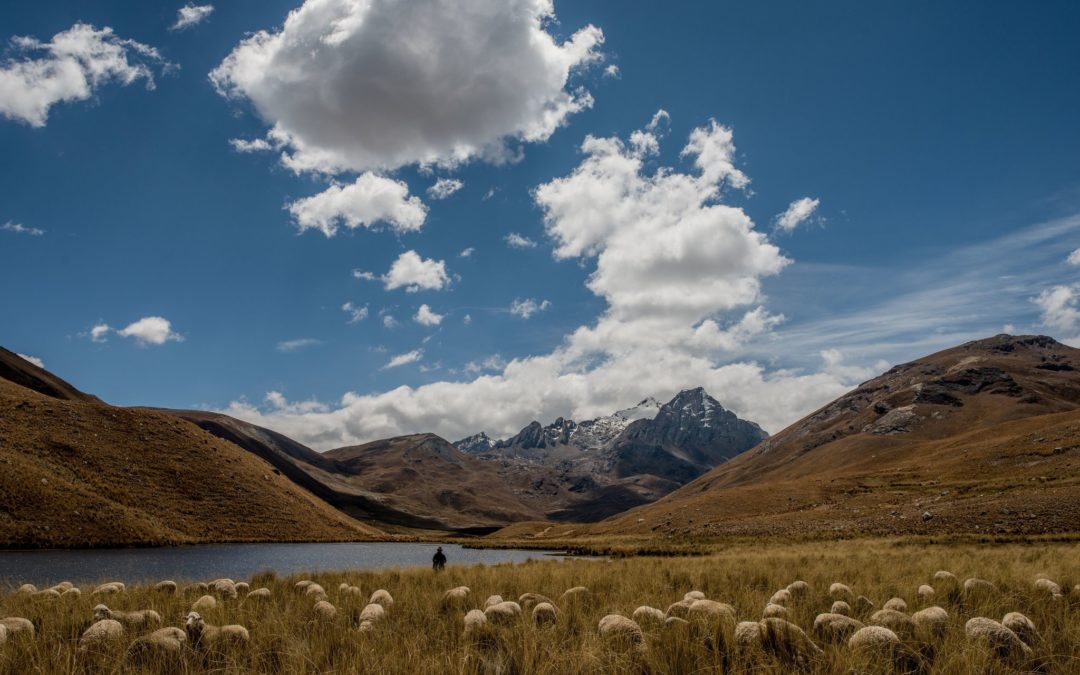SOURCE: New York Times
DATE: November 26, 2017
SNIP: VIRU, Peru — The desert blooms now. Blueberries grow to the size of Ping-Pong balls in nothing but sand. Asparagus fields cross dunes, disappearing over the horizon.
The desert produce is packed and shipped to places like Denmark and Delaware. Electricity and water have come to villages that long had neither. Farmers have moved here from the mountains, seeking new futures on all the irrigated land.
It might sound like a perfect development plan, except for one catch: The reason so much water flows through this desert is that an icecap high up in the mountains is melting away.
And the bonanza may not last much longer.
The flow of water is already declining as the glacier vanishes, and scientists estimate that by 2050 much of the icecap will be gone.
Mr. García, the council member in Huancaquito Alto, is not taking any chances. He has refurbished an old well used by his father to hold water in the days before this area was irrigated, and he is building a new one near his asparagus fields.
“Because of this water, our children have been able to go to university,” he said. “But if there is no water from the Santa River, that all changes.”
He added: “We have to get our wells ready. Sure, it’s like going back in time, but what can we do?”

